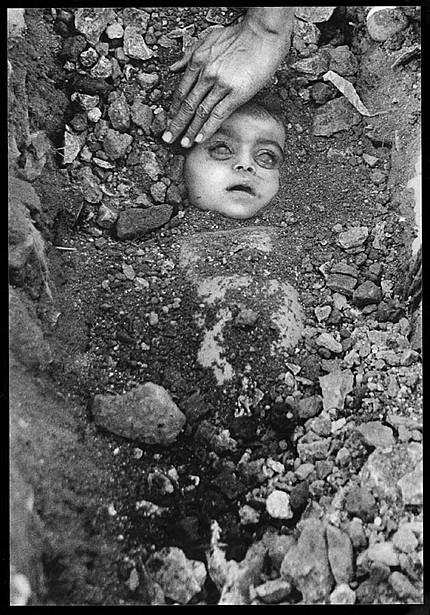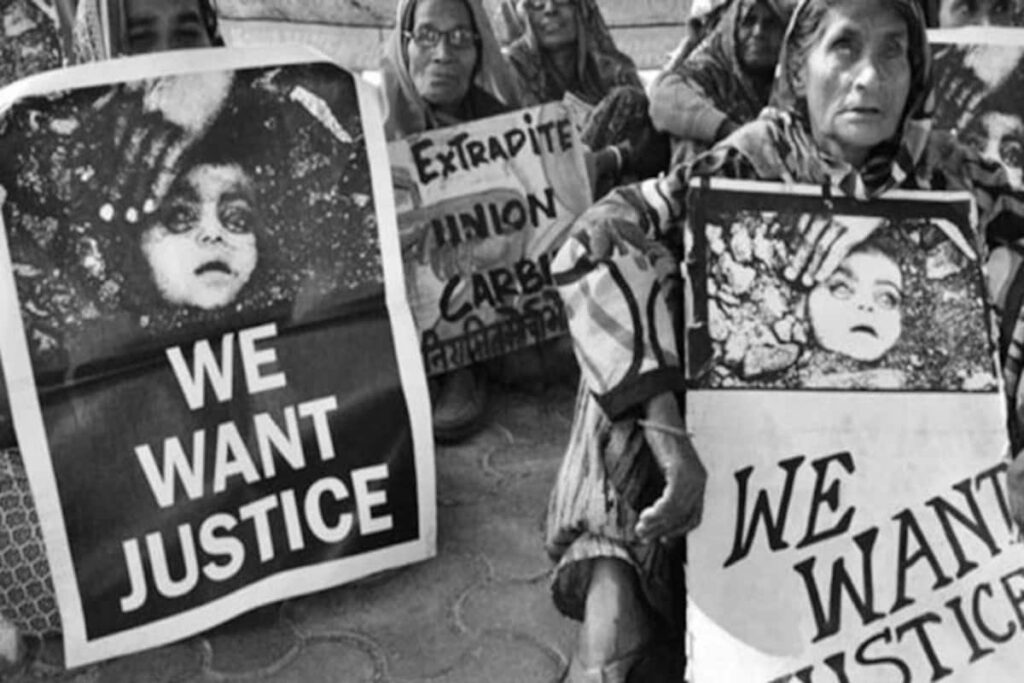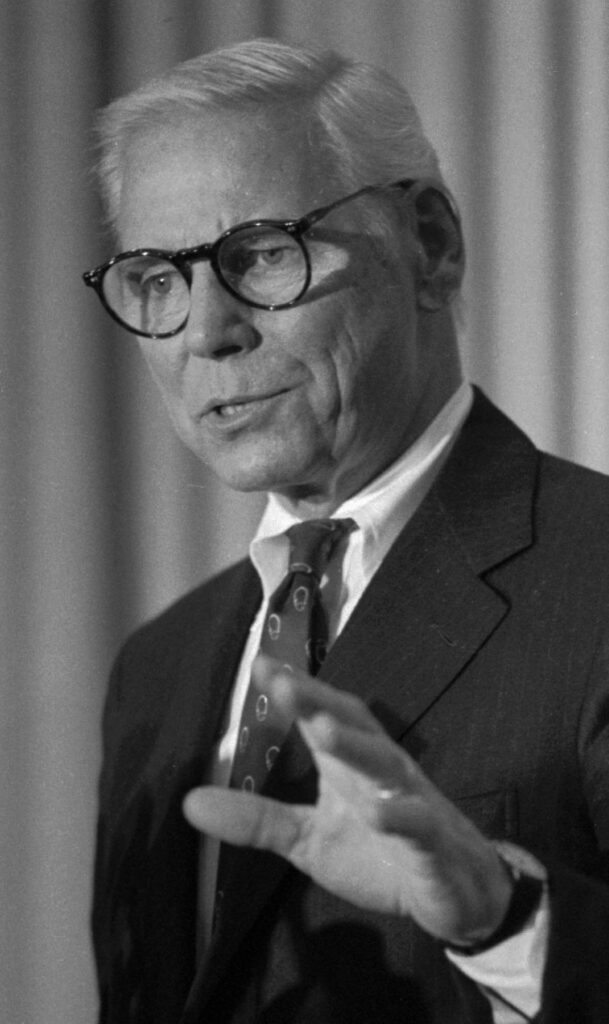Table of Contents
Introduction
Bhopal Gas Tragedy, an incident that has been regarded as one of the world’s worst industrial disasters still lives fresh among the people of Bhopal in the state of Madhya Pradesh, India. It has been 37 years since the tragedy, but the effects of it still linger among the people (and their future generations) who were exposed to the deadly Methyl Isocyanate gas on the fateful night of 3 December 1984.
Multiple legal proceedings in the relevant case(s) have led to no conclusion. Political games have been played to undermine the incident. Most of the affected people have been the victims of utter ignorance from the government and concerned authorities over the years. People still await justice because human life was the most affected at the time of tragedy.
In this article, we will briefly discuss Bhopal Gas Tragedy, how and why it happened, and what were the after-effects of the disaster.
Bhopal Gas Tragedy: The incident
In the early morning (12 AM – 1 AM) of 3rd December 1984, a large quantity of the deadly gas, Methyl Isocyanate (MIC), leaked from the Union Carbide India Limited’s (UCIL) pesticide plant in Bhopal. The deadly gas fused with the air in and around the plant’s area creating a state of panic and confusion among the people living nearby. Thousands of people died immediately after breathing volumes of the lethal gas while many others were left in a crippling state.
UCIL was a subsidiary of Union Carbide Corporation (UCC) in India. A pesticide by the name of Sevin was produced in the plant. Methyl Isocyanate was the intermediate product in the process of making Sevin.
Scores of people hit the hospitals. The immediate symptoms were irritation in the eyes, burning in the respiratory tract, a feeling of choking, and nausea. The sad part was that nobody knew which gas leaked from the plant. Initially, a rumor spread that it was Ammonia, but the assumption was discarded when the people did not react to the related treatment.
It was only sometime later that the doctors came to know that the leaked gas was not Ammonia, but Methyl Isocyanate (MIC). The condition turned worse as most of the doctors didn’t know the exact treatment for MIC. As a result, many people died because of the lack of proper medical attention, while many others were left in a critical state.
The estimated immediate human death was reported to be just below 2.5K.

Courtesy – Indiatimes
Animals were also affected by the gas leak. Their bloated dead bodies covered the streets. It is estimated that around 2,000 carcasses were cleared from the city after the tragedy.
Bhopal Gas Tragedy: The Cause
Years have passed, but there has been no conclusion on how Bhopal Gas Tragedy happened. The only thing that has been deduced till now is that the reaction of liquid MIC with water caused an exothermic reaction which lead to the release of huge quantities of MIC gas with other deadly gases (chloroform, dichloromethane, methylamine, carbon dioxide, etc.) and contaminants.
Multiple theories have surfaced since the incident on why the tragedy happened. One theory by Union Carbide and its owners has always been that the incident was an act of sabotage in which a water hose was specifically directed towards the tank (E610) containing MIC.
The liquid MIC was stored in three tanks (E610, E611, and E619) in the UCIL plant in Bhopal. Each tank had a capacity of 68,000 liters.
The other popular theory was that due to improper and faulty maintenance practices, the water to clean other equipment leaked into the MIC tank E610. This led to the deadly reaction and release of the gas.
Issues
Keeping the sabotage theory aside, some major issues in the plant could be related to Bhopal Gas Tragedy.
Due to a decrease in profit, there were cuts in the maintenance of the plant. This meant more safety issues. Many crucial systems were ignored and left in a non-working state which made it risky to work in the plant.
The safety systems that could have minimized the effect of MIC were either non-operational or incapable at the time of the disaster.
- The Flare tower that could have reduced the quantity of MIC being leaked was not working at the time of the tragedy.
- The Vent Gas Scrubber that used caustic soda to minimize the effect of MIC was not capable of handling a huge volume of gas due to the limited quantity of caustic soda.
- Water hoses that were installed to minimize the effect of MIC gas were not high enough to reach the emission chamber (from where the MIC gas was emitted).
If any of the safety systems would have been working, the damage could have been minimized if not eliminated.
Some more talking points
- The MIC leak was not the first incidence of leakage from the plant. In the years before, there were multiple instances of different gases and liquid MIC leaks that injured a few workers of the plant.
- The refrigeration system meant to cool the liquid MIC was not operational at the time of the disaster.
- Pressurized Nitrogen was filled into the MIC tanks to aid the pumping out of liquid MIC. The nitrogen layer also kept impurities out of the MIC tanks. During the time of the disaster, E610 was incapable of containing the pressurized nitrogen at the permissible limits.
- As per the safety measures, the recommended storage limit of liquid MIC was kept at 50% of the total capacity of the MIC storage tanks. At the time of the incident, there were 42 tons of liquid MIC stored which was beyond the recommended limit.
- There was a jumper line added between the two chemical processing units in the plant that aided water flow into the MIC storage area. A slip blind could have restricted the water flow in the storage area.
Bhopal Gas Tragedy: The aftermath
- UCC had to pay $470 million as a settlement price for the damages.
The Indian government had originally asked for $3.3 billion
- The number of victims in the hospitals increased after the tragedy. There were limited qualified doctors and no one knew the exact treatment for MIC inhalation.
- The plant was shut down after the gas tragedy, but more issues surfaced. The soil surrounding the plant’s area was completely polluted by chemical waste. The same was the case with the groundwater. Special provisions were introduced by the state government for clean water distribution. Fishing was also prohibited due to water contamination. Who will clear the waste was another battle to be fought. Many appeals were rejected. When a verdict was given to incinerate the waste at Ankleshwar in the state of Gujarat, it was met by heavy protests.
In 2012, a decision was taken to dispose of the plant’s chemical waste in Germany.
- The way of living was impaired. So many people were left crippled for life. The children of people who were exposed to gas leak were born with defects, both physical and mental. Some of the long-term health effects were – conjunctivitis, cornea opacity, chronic bronchitis, memory impairment, PTSD, and more.

Courtesy – India.com
Arrests
The then CEO of UCC, Warren Anderson, was arrested by the Madhya Pradesh police with respect to the incident on 7 December 1984. He was later released from custody on $2,100 bail. Anderson was also convicted as a fugitive in one of the cases. His extradition request by the Indian government was however rejected by the U.S. government.
Warren Anderson died in September 2014.

Courtesy – NY Times
Seven former employees of UCIL were convicted for causing death by negligence in June 2010 by an Indian court. All were sentenced to imprisonment of 2 years with a fine of 100,000 INR. Everyone was later released on bail.
Several other legal cases were opened simultaneously but none of them reached a proper conclusion.
Death toll
Over half a million people were injured and affected by the gas leak at the time of the tragedy. To date, more than 15,000 people have died from the gas leak and its related effects.
Conclusion
3 December 1984 still haunts the people of Bhopal. A day when thousands of people lost their lives and many others lost their close ones. Those who survived the tragedy still live in pain and misery. The effects are both physical and psychological.
Many reports state that the cases against the plant’s officials and the CEO of UCC, Warren Anderson, were not full-proof enough to give them a rigorous punishment. The conviction was just a formality as the arrested people were later released on bail.
An important point to note is that many people have still not been compensated, though government officials consider this as incorrect. Some cases are still pending in the courts, waiting to get opened. Many people have taken a step back in their battle that has dragged on for 36+ years.
Will the victims get appropriate justice? It remains a question for the present and future.
CURATED & WRITTEN BY
AYUSH PANDYA
(AUTHOR – THE UNPRECEDENTED CULT)